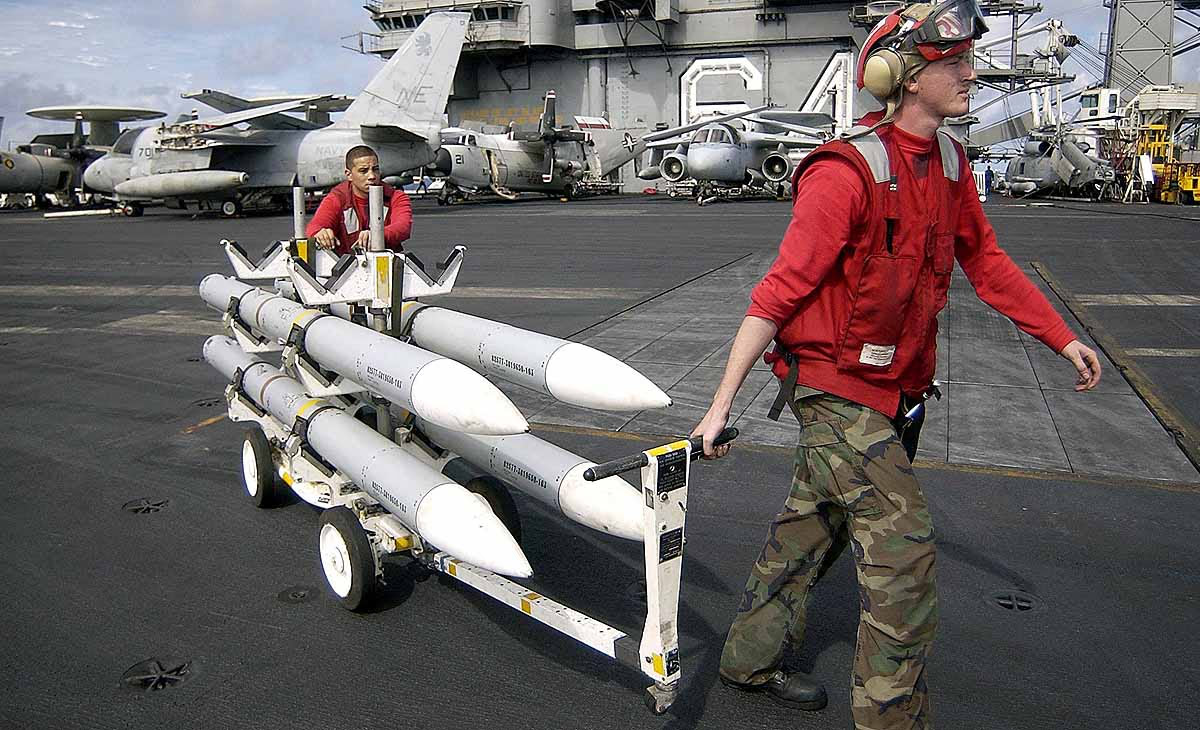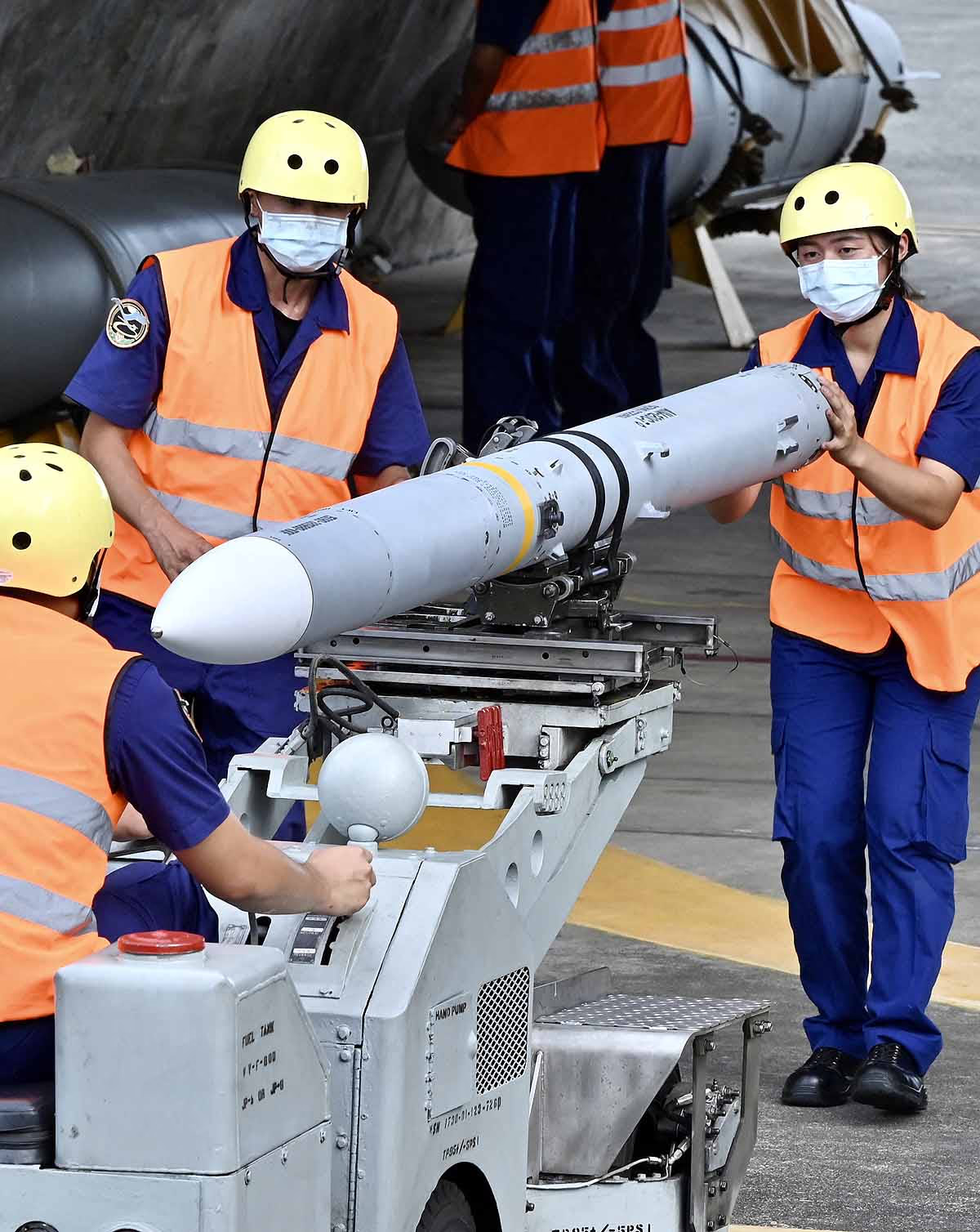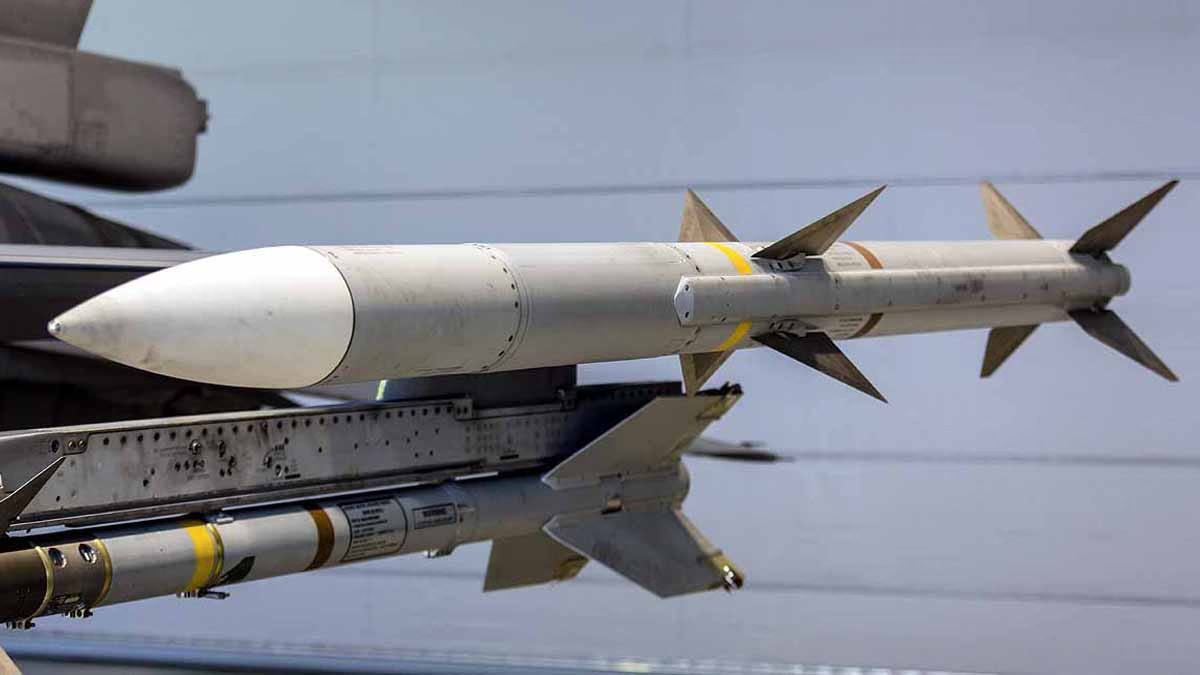The relationship between the USA and Pakistan is on the repair. Following the India-Pakistan standoff in May 2025, the USA will supply Pakistan with AIM-120 AMRAAM (Advance Medium-Range Air-to-Air Missiles). These missiles will equip Pakistani F-16 fighter jets. Exceptionally smart, these 'fire and forget' missiles can obliterate aircraft from afar, echoing concerns for India due to potential scenarios reminiscent of the 2019 Balakot events.
The AIM-120 AMRAAM represents America’s most advanced air-to-air missile upgrade from the AIM-7 Sparrow. Developed in the 1980s, it thrives night and day, under any weather conditions. Dubbed 'Slammer' for its remarkable speed, the C8 variant will be supplied to Pakistan, mirroring the export version of the AIM-120D, featuring GPS guidance and enhanced jam-resistance.
Also read: Bangladesh eyes to purchase the fighter jets downed by India in operation Sindoor.

Source: aajtak
This compact yet lethal missile boasts significant features:
Length: 12 feet (3.65 meters) – as tall as a human.
Weight: Approximately 350 pounds (159 kg) – easily mounted on a jet.
Diameter: 7 inches (178 mm) – slender like a tube.
Wingspan: 21 inches (53 cm) in A/B variants; slightly larger in C/D variants.
Propulsion: Solid rocket motor – offering rapid boost-sustain speed.
Speed: 4900 km/h.
Range: Beyond 50-100 kilometers (variant-dependent) – beyond visual range (BVR) attacks.
Guidance System: Active radar (locking onto targets), inertial navigation (for initial guidance), midcourse updates (via datalink), and GPS (in new variants). Once launched, pilots are liberated.
Warhead: High-explosive blast-fragmentation – a 20 kg force capable of obliterating targets.
Launch Platforms: F-15, F-16, F/A-18, F-35 jets; also ground launchers.
Variants: A/B (older), C5/C7 (medium), D (long-range), C8 (export variant for Pakistan). C8 possesses bidirectional datalink and superior lethality.
This missile has been part of the US Air Force since 1988, with over 20,000 units produced. Price: Each missile ranges between $1-1.5 million.
Also read: A new challenge for India... As the US arms PAK with AMRAAM missiles, China plans to provide fighter jets to Bangladesh.
Over 42 countries have purchased the AIM-120, provided to American allies. Key adopters include:
America: US Air Force, Navy, Marine Corps.
Europe: United Kingdom, Germany, Netherlands, Norway, Italy, Spain, Greece, Poland.
Asia: Japan, South Korea, Australia, Taiwan, Singapore.
Middle East: Israel, Saudi Arabia, Qatar, Bahrain, Kuwait, Turkey, UAE.
Others: Canada, New Zealand, Romania, Switzerland.
Pakistan: Now poised to receive the C8 variant following its C5 predecessor.
Overall, Pakistan is listed among 30+ countries.
This missile has seen action in Iraq, Bosnia, Kosovo, India-Pakistan (2019), and Syria, with a record of 16 air-to-air kills.

Source: aajtak
The AIM-120 is termed 'fire and forget.' Pilots lock onto the target and launch the missile. Initially guided by inertia, mid-flight updates maintain accuracy. In the final approach, its radar activates, striking the enemy. It withstands jamming (electronic countermeasures) and can be mounted up to six times on an F-16. Perfect for Pakistan's Block 52 F-16s.
The acquisition of these missiles by Pakistan poses a substantial threat to India's Air Force. Why is this significant?
Long-range attacks: With a 100 km range, it can lock and eliminate Indian Sukhoi-30 or Rafale aircraft from a distance. During 2019, a Pakistani F-16 used this to down Wing Commander Abhinandan's MiG-21. The upgraded C8 escalates the threat twofold.
BVR combat advantage: Amid aerial conflict on the India-Pakistan border, Pakistan gains the upper hand. The F-16s already pose a challenge, and AMRAAM facilitates 'first look, first shot, first kill' capabilities.
Boost for Pakistan: This elevates Pakistan's F-16 fleet by 75 units outfitted with these missiles, necessitating India's response with the S-400 and Akash missiles. The two-front scenario with China complicates matters further.
Experts urge prompt deployment of India's Rafale, Tejas upgrades, and Astra missiles. This deal underscores America's balanced policy.




